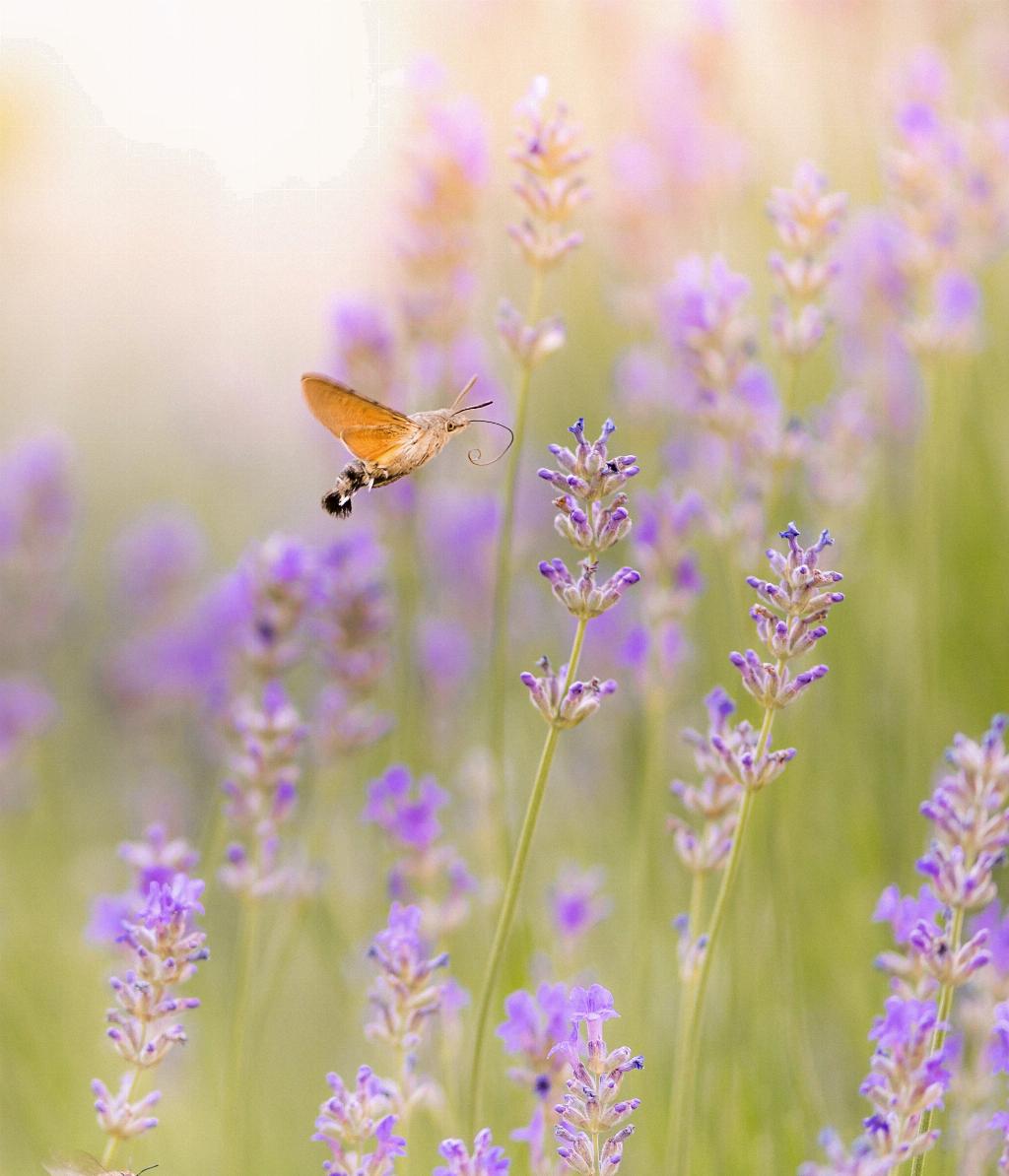Lilacs, with their beautiful hues and intoxicating fragrance, evoke images of sunny spring days and gentle breezes. These beloved blooms are not just a feast for the eyes and nose, but have been cherished in gardens for centuries. Members of the Oleaceae family, they are primarily known for their stunning floral displays in shades of purple, although they also come in white, pink, and even blue. Their unmistakable scent and lush panicles of blooms make them popular both in gardens and as festive bouquets. But what’s truly fascinating is how these perennial shrubs can vary from one type to another.
Varieties of Lilac Flowers: Colors and Species
If you’re looking to add some color to your garden, lilacs offer an incredible palette to choose from. The common lilac, or Syringa vulgaris, is perhaps the most famous, known for its rich purple blossoms. However, lilac species can vary widely, from the petite and demure Korean lilac to the imposing tree-like Hungarian lilac. Each variety not only differs in size and color but also in bloom time and fragrance intensity, making your choice of lilac crucial depending on the desired garden aesthetic and sensory experience.

The Best Growing Conditions for Lilac Bushes
Lilacs thrive in areas where they can bask in full sunlight—they’re sun worshippers, after all! These robust bushes prefer well-drained, neutral to alkaline soil. Although they are quite hardy, they perform best in environments where cool winter climates are followed by a prominent spring. Without these chilly winters, lilacs may struggle to produce their signature blooms. When considering planting locations, aim for spots that avoid lower areas where frost is likely to settle, ensuring a longer, more vibrant bloom phase.
Planting Tips: How to Successfully Grow Lilac Flowers
When diving into planting lilacs, timing and technique play crucial roles. Early fall is ideal, as it gives the plants enough time to establish roots in the cool weather without the stress of summer heat. If you’re in a warmer climate, opt for a winter planting. When planting, ensure the root ball is slightly above ground level to prevent waterlogging, and enrich your planting hole with a bit of compost to give your lilacs a nutrient boost. A good start is crucial, as these plants can live and flourish for decades.
Lilac Flower Care: Pruning and Maintaining Healthy Bushes
Proper care for lilacs doesn’t just end once they’re planted. Pruning is essential to maintain a vibrant bush with a profusion of blooms. The best time for pruning is just after the flowers have faded in late spring. This prevents cutting off next year’s buds, which form early. Remove any dead or diseased branches, as well as any that are crossing or cramped, to ensure good air circulation. Regular maintenance encourages larger, more beautiful blooms and prevents overgrowth that can lead to fewer flowers.
Common Challenges and Pests Affecting Lilacs
Even the hardiest of flowers face challenges, and lilacs are no exception. Powdery mildew, a fungal disease that thrives in dry, warm weather, can coat lilac leaves with a white, powdery film. Regular spacing and pruning promote air circulation and reduce the risk. Lilacs can also be susceptible to bacterial blight and lilac borers, pests that are particularly destructive to stressed or weakened bushes. Vigilant care and proper placement in the garden can mitigate these issues, keeping your lilacs healthy and blooming brightly.
Lilac Blooms: Understanding Their Seasonality and Lifespan
The fleeting nature of lilac blooms makes them even more precious. Typically, lilac bushes will flower for about three weeks in late spring, though this can vary slightly depending on the variety and local climate conditions. Weather plays a significant role in the lifespan of blooms once they appear; cooler temperatures can extend the floral display, while a sudden hot spell can shorten it. Being aware of these factors can help enthusiasts maximize their enjoyment of these ephemeral beauties.
Crafting with Lilacs: From Bouquets to Homemade Gifts
The versatility of lilacs extends beyond garden borders and vase arrangements. Their robust blossoms can be dried for crafts, used to create fragrant homemade gifts like sachets, or even infused into syrups for culinary experiments. Crafting with lilacs isn’t just creative; it’s a way to preserve the essence of spring for a little longer. Their lush, colorful blooms and deep fragrance lend a personal touch to each creation, making the crafts as memorable as the flower itself.
The Symbolism and Cultural Significance of Lilac Flowers
Lilacs hold deep symbolism and cultural significance in many traditions around the world. Commonly associated with love and the advent of spring, they also symbolize renewal and confidence. Some cultures believe that a lilac bush near the front door invites good spirits into the home. Moreover, the lilac is the state flower of New Hampshire, symbolizing the hardy character of the state’s people. These enchanting blooms have seen countless mentions in poetry and art, indicating their profound influence on human culture.
Popular Lilac Festivals and Gardens Around the World
Lilac lovers can rejoice in the fantastic celebrations and gardens dedicated to these blooms. The Rochester Lilac Festival in New York is one such event, drawing thousands of visitors each year to its breathtaking displays. Similarly, the Royal Botanical Gardens in Ontario features a Lilac Dell that showcases dozens of lilac varieties. These festivals and gardens not only highlight the beauty of lilacs but also provide a rich experience of community and shared appreciation for nature’s gifts.
